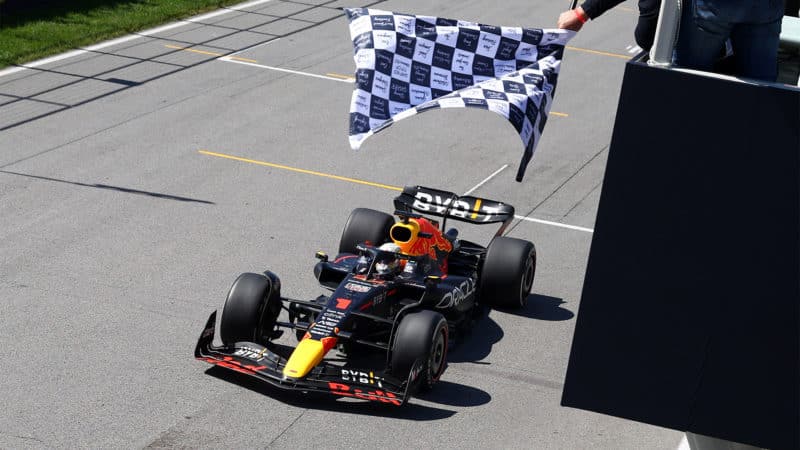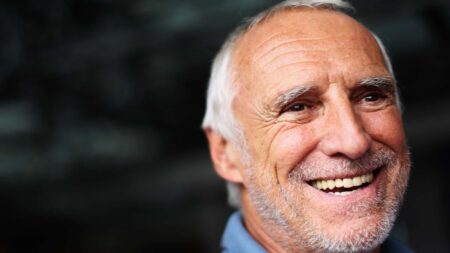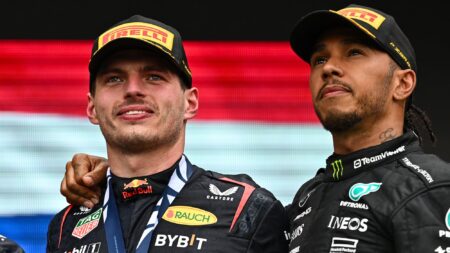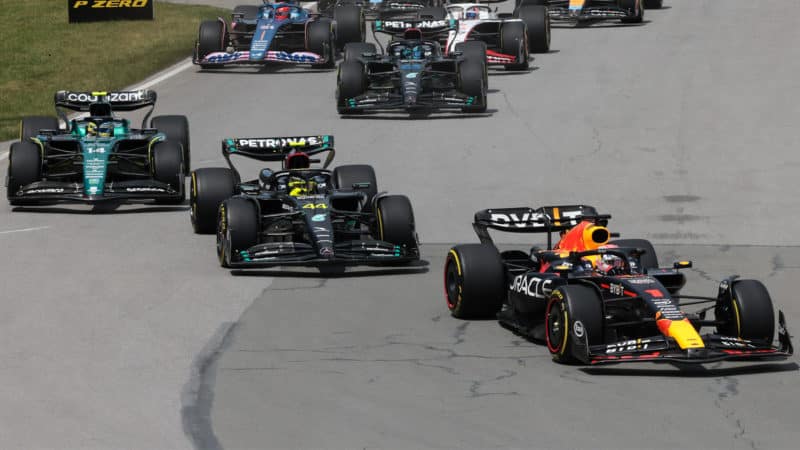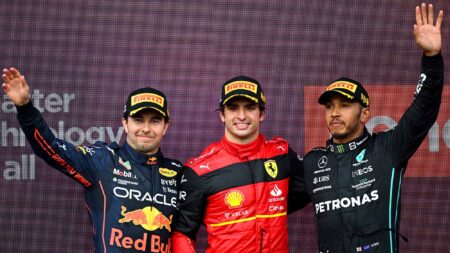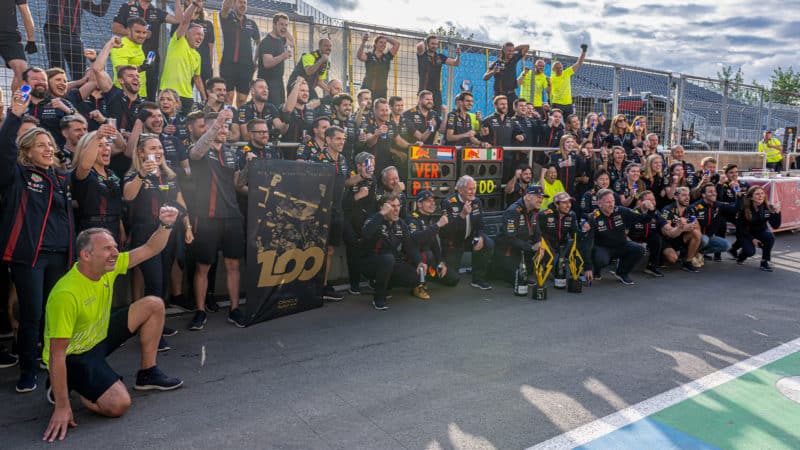“He wanted to do things differently,” team principal Christian Horner said of the late Mateschitz’s aims for the team in 2005. “He wanted to be different, he didn’t want to be a corporate team where you needed 25 passes to get into the motorhome. So he introduced the Energy Station, he introduced the Red Bulletin – he wanted it to be fun.
“But he was also competitive and he wanted to compete and he wanted to win. I remember the first year, Jaguar had scored nine points in 2004 and he gave me the target of scoring 12 in that first season. We scored 34.
“He was a racer, he was a fan of Formula 1 and passionate about the sport. Of course Formula 1 for him and for Red Bull was a great way of marketing their brand and their product.”
Rewind to 2005 and it will have been harder to convince anyone that Red Bull was going to be a serious contender. In a sport that was becoming ever-more professional, the marketing side was seen as the driving force behind it. And then came Adrian Newey’s signing.
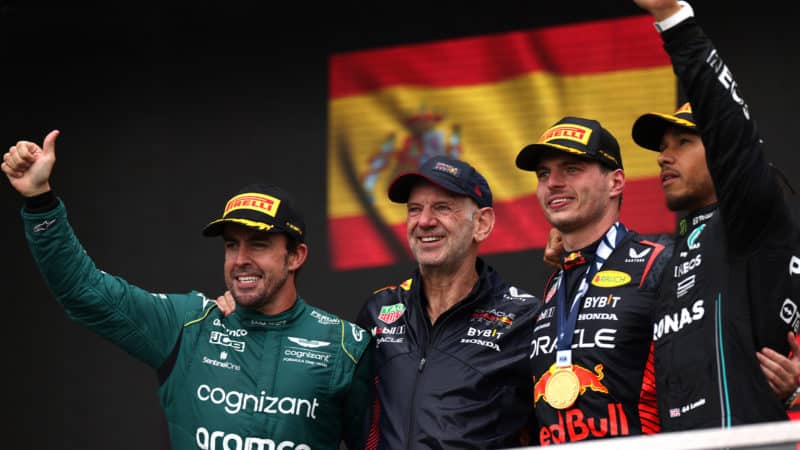
The maker of champions: Newey completes iconic podium
Getty Images
It’s fitting that Newey was the person chosen to represent Red Bull on the podium in Montreal, creating an iconic image alongside Max Verstappen, Fernando Alonso and Lewis Hamilton.
It is Hamilton and Mercedes who are now the meat in the sandwich that is Red Bull’s dominant spells, with victories from Newey-inspired cars relatively equally spilt between the 2009-13 era and the past three years.
The 50th win came courtesy of Daniel Ricciardo in Belgium in 2014, one of just three wins that year, and there would be just 14 across the next six seasons. I say “just”, but that’s a tally that was only bettered by two teams in the same period: Ferrari won three more races, while Mercedes set an incredible benchmark.
